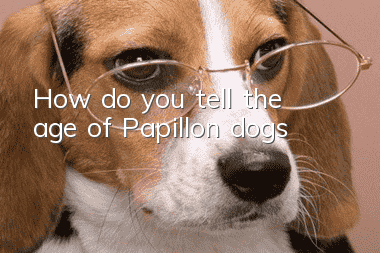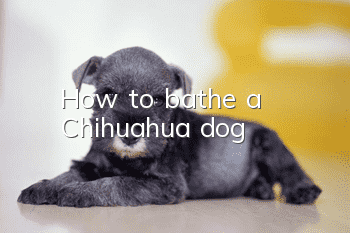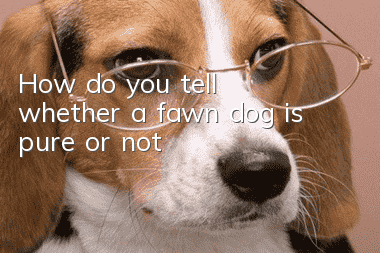How do you tell the age of Papillon dogs?

In order to make it easier to master, the method of determining the age of a dog is introduced as follows:
Teeth begin to appear in about 20 days.
4 to 6 weeks old: The deciduous incisors are all in length. When nearly 2 months old, all the deciduous teeth are fully elongated, white, thin and pointed.
2 to 4 months old: Replace the first deciduous incisor.
5 to 6 months old: Replace the second and third deciduous incisors and deciduous canines.
After 8 months of age: All teeth are replaced with permanent teeth.
1 year old: The permanent teeth are all long, white and bright, and there are sharp protrusions on the incisors.
1.5 years old: The canine peak of the mandibular first incisor is worn to the level of the small peak. This phenomenon is called peak obliteration.
2.5 years old: The peak of the second mandibular incisor is lost.
3.5 years old: The peak of the maxillary first incisor is lost.
4.5 years old: The peak of the maxillary second incisor is lost.
5 years old: The peak of the third mandibular incisor is slightly worn, and the wear surface of the first and second mandibular incisors is rectangular.
6 years old: The peak of the third mandibular incisor is obliterated and the canine teeth are blunt and rounded.
7 years old: The mandibular first incisor is worn to the root of the tooth, and the wear surface is vertically oval
8 years old: The first incisor of the mandible is worn and tilted forward.
10 years old: The wear surfaces of the second mandibular and first maxillary incisors are longitudinally oval.
16 years old: The incisors are lost and the canines are incomplete.
- What to do if your Chihuahua is drooling What to do if your Chihuahua is drooling
- What should I do if Teddy gets angry?
- What is good for dogs to eat?
- What’s the best way to raise a golden retriever?
- How do you tell whether Basset is pure or not?
- What are the characteristics of purebred Corgi dogs?
- How to feed puppies dog food
- How to choose a Schnauzer
- What kind of dog food is good for Samoyeds? Recommended dog food choices for Samoyeds
- How do you think a Samoyed looks good?



